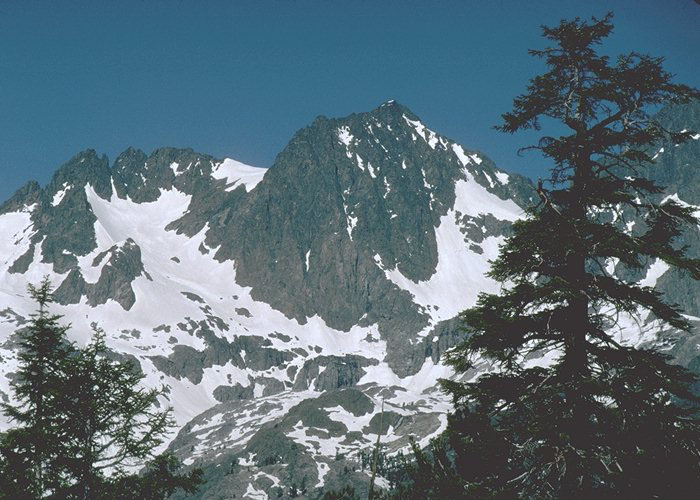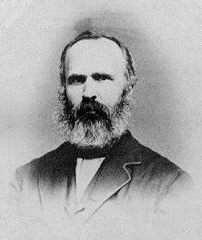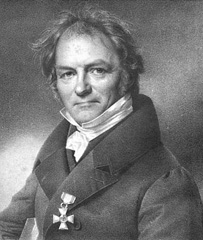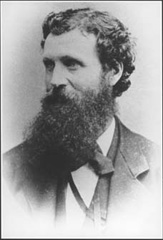|
Mt. Ritter: A Historical Perspective |

|
|
Mt. Ritter from the High Trail (Pacific Crest Trail) above Agnew Meadows, just west of Mammoth Lakes, CA. |
|
||||||
|
The history of Mt. Ritter is inextricably linked to these three men. Josiah Whitney, the great American geographer after whom Mt. Whitney, the highest peak in the lower 48 states, is named, studied geography in Berlin and learned of the science of modern geography from Karl (Carl) Ritter. As Whitney's team mapped the peaks of the Sierra Nevada, they chose to honor his mentor by naming one of the ranges of the eastern Sierra and its highest peak after Karl Ritter |
||||||
|
At 13,150', Mt. Ritter is over 250' taller than its neighbor to the north, Banner Peak, 12,895'. It is the highest point in Madera County and stands out prominently against the surrounding lower peaks and ridges. Its relative isolation left it unclimbed until 1872. In October of that year, John Muir had led a party of artists south from Yosemite Valley in search of Sierra scenes. The mountains called to Muir, who wandered off in one of his typical solo journeys of exploration. He approached Mt. Ritter from the west and began his ascent via the western glacier that flows from the Ritter/Banner saddle into Lake Catherine. After reaching the saddle, he continued his ascent up the north face toward Mt. Ritter's summit ridge. Muir's own narrative then describes the crux of his climb: |
||||||
|
|
||||||
|
Having been to that point on Muir's route, I can appreciate his quandary, for it was there, or nearabouts, that we decided discretion was the better part of valour and backed down from our second attempt. |
||||||
|
|
||||||
|
From the summit, Muir descended the south side of Mt. Ritter's summit ridge and the Southeast Glacier in the left part of the photo above. It is interesting to compare the conditions during the cold years of the 1870s to today's much-lower snow levels. In Muir's day, the Southeast Glacier was an active glacier with an ice fall where it dropped over the low cliffs into the valley above Ediza Lake. Today, it is merely a large permanent snowfield. Muir's description paints a different picture: |
||||||
|
|
||||||
|
Today's climbers are afforded several routes of varying difficulty. Most of these routes involve an eight-mile hike from Agnew Meadows to the glacial valley just above Ediza Lake. This is a very nice area in which to camp, so most climbers treat it as a multi-day backpacking trip. Strong, fast and dedicated climbers have day-hiked Mt. Ritter, but the thought of an eighteen-to-twenty-mile day involving roughly 12,000' of gross elevation change does not appeal to me, at least. A western approach involves nearly double the approach hike, since it is about ten miles from Agnew Meadows to Thousand Island Lake and another three or so miles of tough cross-country hiking from there over North Glacier Pass and down to the Ritter Lakes, where the western routes begin. Of course, you could also use Muir's route up the Lake Catherine glacier, but this brings you to the same point on the mountain as the much-shorter Ediza Lake approach. Whatever the approach, the routes (except for some very tough fifth-class routes straight up the east face of Mt. Ritter) involve snow and ice of varying steepness, some of which exceeds the 45-degree cutoff between second and third class snow climbing. Can I claim a blood tie to "my" mountain? No, because we have not been able to trace my Ritter lineage beyond the late 18th Century in the eastern United States. However, the weeks I have spent trying and ultimately succeeding in attaining its summit lend a familiarity that more than closely approximates ownership of my eponymous peak. |
||||||
|
|
||||||


